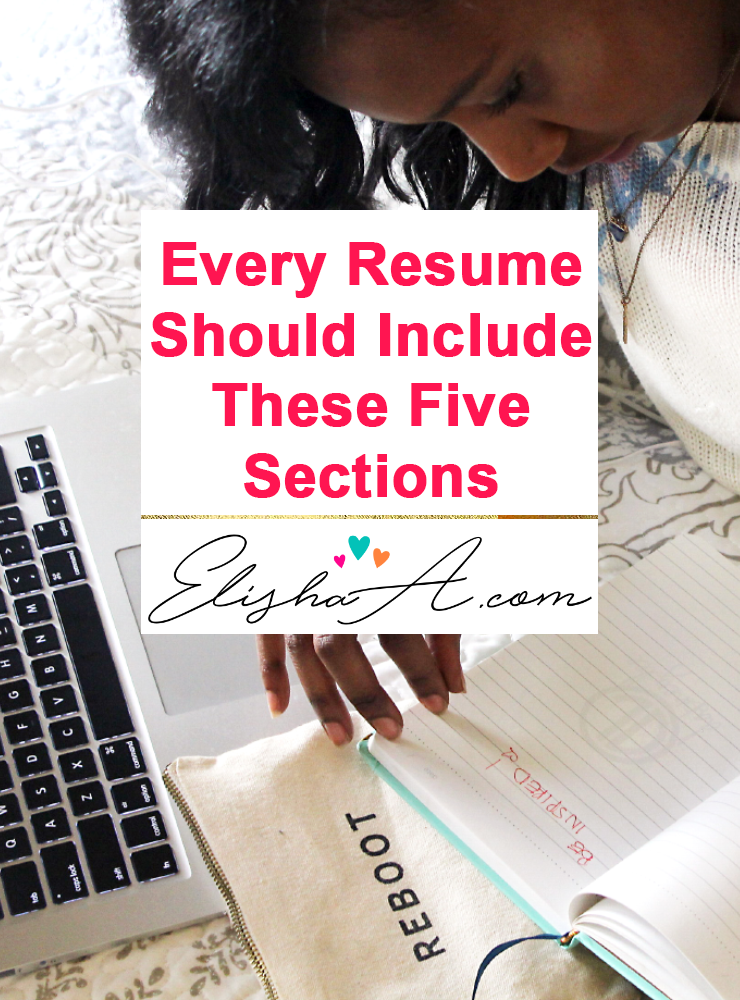
There is so much information out there about how to properly write and construct a resume. Sometimes it’s hard to figure out what exactly you need to include. What makes it even harder to figure out is, what you should include changes based on the kind of job you’re applying to. I’m going to share with you the very basics of what you should include in your resume, regardless of what position you’re applying to.
Contact Information
This is a no brainer. Every resume must include information that makes you reachable. This could be a telephone number, an email address, a website address or a combination of these. If you expect employers to reach you, you must include a way for them to contact you.
Profile Summary
A profile summary highlights you as an employee. It’s the first thing employers will see on your resume and it gives them most of the information they need before reading your entire resume. This is also a good place to add specific information that you find in the job advertisement. For example, if the ad lists that you need 5 years of experience in an administrative role, you could add a bullet in your profile summary that says: “Accomplished administrative professional with 10 years of experience”, this is only valid if you actually have the experience listed.
Skills
Employers want to know what you know how to do and how it will help them accomplish what they need done in the role they are hiring for. Listing out your skills helps make evaluating you a lot easier and it will increase your chances of being invited to an interview if your skill set matches what the employer needs.
Job History with Accompanying Accomplishments
Most employers want to know what you work history is like and how well you did your job in each role. This helps them determine how effective you would be in their open position and how ambitious you are.
Education
This is similar to the skills section. Most positions have minimum qualifications and that usually includes educational requirements. Listing this on your resume makes life easier for hiring managers to move you to the next step in the process.
Including these sections in your resume will ensure that an employer has what they need to make a decision on whether or not to bring you in for an interview or whatever the next step in their process will be. Make sure to look over your current resume to see if you’ve included these sections. If you have more questions about what should and shouldn’t be on your resume and how it should look, please check out the Resume Audit Checklist that I created. It will help you evaluate your resume and find out what changes you should make.
What sections have you included in your current resume? Anything different than what’s on this list? Let me know in the comments.

Trackbacks/Pingbacks